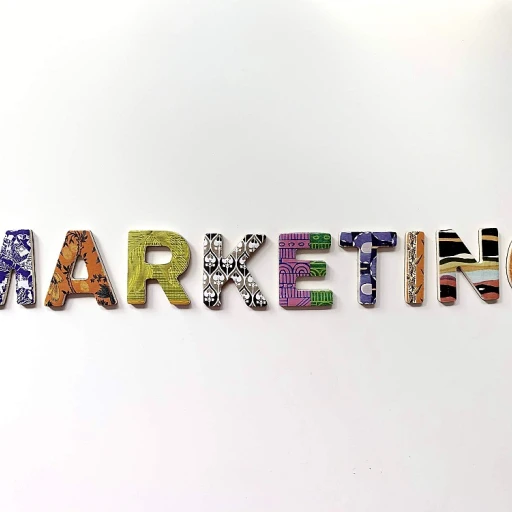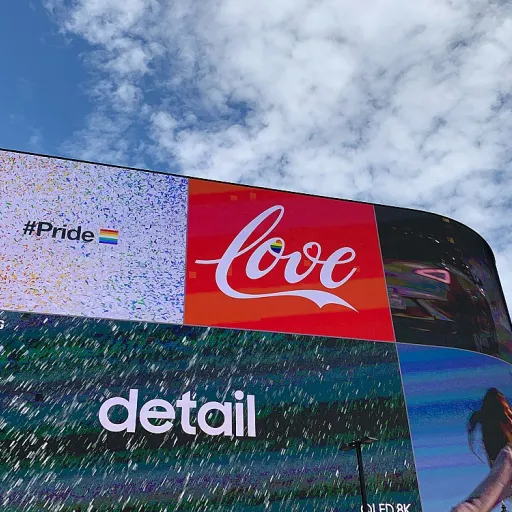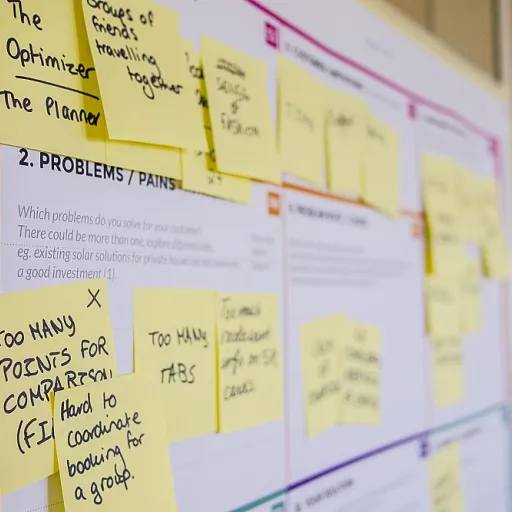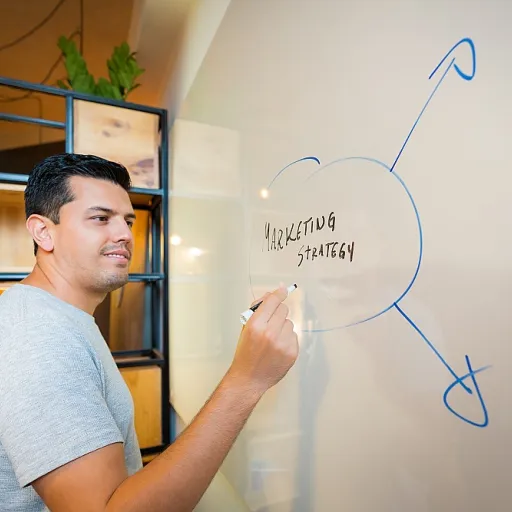
How Facebook ad algorithms prioritize reach for website conversions
How the Facebook Algorithm Determines Ad Reach for Website Conversions
When running Facebook ads with a website conversion objective, the Facebook algorithm works behind the scenes to maximize the likelihood of your ads converting. This means it prioritizes showing your ads to users most likely to complete your chosen conversion event, such as making a purchase or signing up on your website. However, this focus on conversions can actually limit your overall ad reach compared to campaigns optimized for broader objectives like engagement or traffic.
- Conversion-focused delivery: Facebook’s algorithm uses historical data, pixel signals, and user behavior to identify people within your target audience who are most likely to convert. This narrows the pool of users your ads are shown to, as the system is less concerned with reaching everyone and more focused on reaching those who will take action.
- Audience segmentation: The more specific your targeting and the more conversion data Facebook has, the more the algorithm can refine its delivery. While this can improve conversion rates, it often reduces the total number of users who see your ads, impacting your overall Facebook reach.
- Learning phase: When you launch a new website conversion campaign, the Facebook algorithm enters a learning phase. During this time, it tests different segments within your audience to find those most likely to convert. If your budget or audience size is limited, the algorithm may struggle to gather enough data, which can further restrict reach and slow down optimization.
For businesses aiming to align with their business goals and maximize ROI, understanding this prioritization is key. While reach may decrease, the quality of engagement and conversions can improve. To get the most from your Facebook advertising, it’s important to balance your campaign objective, budget, and audience targeting. If you want to explore how other digital channels can complement your Facebook campaigns, consider learning about enhancing your inbound strategy with email marketing for a holistic approach to content marketing and user engagement.
The impact of audience size and targeting on ad reach
How audience definition shapes Facebook ad reach
When running Facebook ads with a website conversion objective, the way you define and target your audience has a direct impact on your campaign's reach. The Facebook algorithm uses your selected targeting options to determine who sees your ads, but it also weighs how likely those users are to convert on your website. This means that the more narrowly you define your target audience, the more limited your reach can become, especially if you are focusing on users most likely to convert.- Audience size: Smaller, highly targeted audiences can help improve conversion rates, but they often reduce the overall reach of your ads. Facebook reach tends to drop when the audience is too narrow, as the algorithm has fewer users to show your ads to.
- Targeting options: Using detailed targeting, such as interests, behaviors, or custom audiences, can align with your business goals but may restrict reach if the pool of users is limited. Conversely, broader targeting increases reach but might lower conversion rates if the audience is less relevant.
- Lookalike audiences: Leveraging lookalike audiences can help balance reach and conversion by targeting users similar to your best customers. However, the quality of your source audience and meta pixel data is crucial for effective results.
Balancing reach and conversions with targeting strategies
Finding the right balance between reach and conversions is essential for successful Facebook advertising. If your campaign objective is website conversions, the Facebook algorithm will prioritize users most likely to convert, sometimes at the expense of broader reach. This can be beneficial for businesses focused on maximizing ROI, but it may limit brand exposure and engagement.- Broader audiences can help increase reach Facebook-wide, but may require more budget to achieve the same number of conversions as a more targeted approach.
- Refining your targeting based on campaign performance and engagement data can help optimize both reach and conversion rates over time.
- Regularly updating your audience segments and creative copy ensures your ads remain relevant and continue to align with your business goals.
Budget constraints and their effect on conversion-focused campaigns
How budget allocation shapes your Facebook ad reach
When running Facebook ads with a website conversion campaign objective, your budget plays a crucial role in determining how many users see your ads and how effectively your campaign converts. The Facebook algorithm is designed to maximize conversions within the constraints of your budget, but this can sometimes lead to a drop in overall reach, especially if your budget is limited or not aligned with your business goals.
- Budget and audience size: If your budget is too small for your target audience, Facebook will prioritize showing your ads to users most likely to convert, which can reduce overall reach. This means fewer people see your ads, but those who do are more likely to take the desired action on your website.
- Cost per conversion: As competition increases for the same audience, the cost per conversion can rise. If your budget does not keep pace, Facebook may limit ad delivery, further shrinking your reach and potentially impacting conversion rates.
- Daily vs. lifetime budgets: Choosing between daily and lifetime budgets can also affect how your ads are distributed. Daily budgets may restrict reach on days with higher conversion potential, while lifetime budgets give the algorithm more flexibility to optimize delivery over time.
To help your ads converting more efficiently, it’s important to align your budget with your campaign objectives and audience size. Regularly reviewing your budget allocation and monitoring engagement metrics can help you optimize for both reach and conversions. For more insights on how artificial intelligence is transforming digital marketing strategies and optimizing campaign performance, check out this article on AI's impact on consumer marketing.
Ultimately, understanding the relationship between budget, audience targeting, and the Facebook algorithm will help your business achieve better results with website conversion campaigns, ensuring your advertising spend supports both reach and conversions.
The role of conversion events and pixel data quality
Why Meta Pixel Data Matters for Conversion Campaigns
When running Facebook ads with a website conversion objective, the quality of your conversion events and Meta Pixel data is crucial. The Facebook algorithm relies on this data to optimize delivery and find users most likely to convert. If the pixel is not set up correctly or tracks inaccurate events, your campaign’s reach and conversion rates can suffer.
- Accurate Event Tracking: The Meta Pixel must be implemented on key pages, such as product pages, checkout, and thank you pages. This helps Facebook understand which users are completing valuable actions on your website.
- Data Volume: Facebook’s algorithm needs enough conversion data to learn which audience segments are most likely to convert. If your website or ads are not generating enough conversions, the algorithm may struggle to optimize, limiting your reach and increasing costs.
- Event Relevance: Make sure the conversion events you track align with your business goals. For example, tracking newsletter sign-ups when your main goal is sales can mislead the algorithm, resulting in less effective targeting and lower engagement.
High-quality pixel data helps Facebook advertising campaigns deliver ads to users who are more likely to engage and convert. This not only improves conversion rates but also helps maximize your budget by focusing on the right audience. Businesses that regularly audit their Meta Pixel setup and ensure accurate event tracking see better results with website conversion campaigns.
Ultimately, the combination of reliable pixel data, relevant conversion events, and a well-defined campaign objective allows the Facebook algorithm to optimize for both reach and conversions, supporting your overall content marketing and business goals.
Ad creative relevance and its influence on delivery
How Ad Creative Shapes Facebook Ad Delivery
The relevance and quality of your ad creative play a significant role in determining how Facebook ads are delivered and how much reach they achieve. The Facebook algorithm is designed to prioritize ads that are likely to engage the target audience, which means your creative elements—images, videos, headlines, and copy—must align with both your campaign objective and the interests of your audience. When running website conversion campaigns, Facebook’s system evaluates your ads for relevance and predicted engagement. If your creative does not resonate with users or fails to clearly communicate the value of your offer, your reach can drop. This is because the algorithm will allocate more impressions to ads that are converting and driving meaningful engagement, while deprioritizing those that are underperforming. Key factors influencing ad creative relevance include:- Alignment with audience intent: Your messaging should speak directly to the needs and motivations of your target audience. Generic or off-topic creative can lead to lower engagement and reduced reach.
- Consistency with campaign goals: The creative should reflect your business goals and campaign objective. For example, if your aim is website conversions, the call-to-action and visuals should guide users toward taking that specific action.
- Quality and clarity: High-quality visuals and clear, concise copy help users quickly understand your offer, increasing the likelihood of engagement and conversions.
- Testing and optimization: Regularly testing different creative variations can help identify what resonates best with your audience, leading to higher conversion rates and improved Facebook reach.
Leveraging artificial intelligence for better search engine optimisation in Facebook campaigns
Integrating AI for Enhanced SEO in Facebook Campaigns
Artificial intelligence is transforming how businesses approach Facebook advertising, especially when the goal is website conversions. By leveraging AI-powered tools and strategies, advertisers can align their campaigns with both search engine optimisation (SEO) best practices and Facebook’s algorithmic preferences. This synergy helps improve reach, audience targeting, and ultimately, conversion rates.
- Audience Insights and Targeting: AI tools analyze user behavior, interests, and engagement patterns across social media and website interactions. This data helps refine the target audience for Facebook ads, ensuring that campaigns reach users most likely to convert. Enhanced targeting leads to more efficient use of budget and higher engagement.
- Optimizing Ad Copy and Creative: AI-driven content generation can help produce ad copy and visuals that resonate with specific audience segments. By testing variations and analyzing performance, AI helps identify which creatives drive the most conversions and engagement, improving overall campaign effectiveness.
- Meta Pixel and Conversion Data: The quality of data collected by the Meta Pixel is crucial for optimizing campaigns. AI can process large volumes of pixel data to identify trends and predict which users are most likely to convert. This allows for smarter retargeting and better alignment with business goals.
- Budget Allocation and Bid Strategies: AI algorithms can automatically adjust budget distribution and bidding strategies based on real-time performance. This ensures that the campaign objective—such as maximizing website conversions—is met without overspending, and helps maintain a healthy balance between reach and conversion.
- SEO and Content Marketing Synergy: Integrating SEO principles into Facebook ad campaigns, such as using relevant keywords and optimizing landing pages, can improve both organic and paid reach. AI tools assist in keyword research and content optimization, making it easier for ads to align with broader content marketing strategies and drive qualified traffic.
By combining AI with Facebook’s advertising ecosystem, businesses can create campaigns that not only reach the right users but also convert them efficiently. This approach supports long-term growth by improving both Facebook reach and website conversion rates, ensuring that advertising efforts contribute directly to business objectives.













